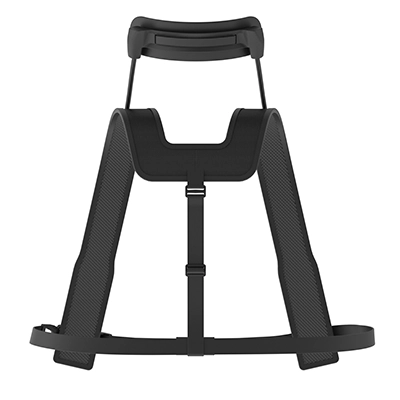What are the risks of TMS in Printing?
Musculoskeletal disorders (MSDs) are conditions that affect the muscles, tendons and nerves, and are often linked to inappropriate working conditions.Here are the main MSD risks for the trades of finisher, guillotine and bookbinder:
- Façonnier :
- Repetitive handling : Folding, assembly and packaging of documents can result in repetitive movements of hands and wrists, increasing the risk of tendinitis and carpal canal syndromes.
- Binding posts : Working long standing or in curved postures can cause lumbar pain and muscular tension in the back and shoulders.
- Massicotier :
- Use of force : The cutting of paper batteries often requires the manual force application to adjust and manipulate the massicots, which can cause pain in the hands, arms and shoulders.
- Prolonged static posts : Maintaining fixed and standing postures for long periods can cause pain in the lower back, legs and feet.
- Relieur :
- Repetitive precision work : The binding operations, such as brushing, folding and sewing books, require precise and repetitive movements of fingers, wrists and forearms, increasing the risk of tendinitis and TMS at the hands and wrists level.
- Handling heavy loads : The movement of paper, books and blankets can lead to excessive effort on the back and shoulders, causing back pain and muscle tension.
What preventive measures in print
In order to prevent musculo-skeletal disorders (TMS) in shatters, shatters and relics, it is crucial to put in place a series of prevention measures incorporating the adoption of passive exoskeletons. Here are some preventive measures:
- Ergonomic workstations :
- Adjustment of table and machine heights : Adapt the height of workstations to avoid binding postures and reduce tension on the back and shoulders.
- Ergonomic chairs : For tasks carried out in a seating position, provide ergonomic chairs that correctly support the back, for example those of ErgonHealth, a French manufacturer.
- Training and awareness :
- Appropriate lifting techniques : Train employees to lift and manipulate loads correctly to minimize efforts on the back.
- Risk awareness TMS : Inform workers about the risks of TMS and encourage them to report the first signs of pain.
- Task rotation :
- Diversification of tasks : Alternate tasks between employees to avoid prolonged repetitive movements and allow different muscle groups to rest.
- Regular break periods : Establish regular breaks to allow employees to rest and recover.
- Use of suitable tools and equipment :
- Liabilities : Integrate the use of passive exoskeletons that support the arms, and the back, thus reducing the impact of physical efforts and the risks of TMS.
- Ergonomic tools : Use tools designed to minimize repetitive efforts and movements.
- Partial automation of tasks :
- Assisted machines : Use semi-automatic machines for the most demanding tasks physically, thus reducing the manual workload, as for palletisation.
- Regular monitoring and evaluation :
- Medical monitoring Conduct regular medical assessments to detect early signs of TMS and respond quickly.
- Ergonomic evaluation : Conduct regular audits of workstations to identify and correct ergonomic problems.
The integration of passive exoskeletons, in particular, offers additional physical support, reducing muscle fatigue and stress on the body. These devices can improve posture, reduce injury risks and increase employee comfort, thus contributing to a safer and healthier work environment.
We can especially recommend the following exoskeletons, according to the tasks to be carried out:
-HAPO at the Massicot level and for marginrs
-HAPO FRONT for fashioners and relics, especially for impressions of small documents, which require repetitive gestures
What Mutuelle's opinion on exoskeletons?
With regard to purchases that have a positive impact on the health of employees in the printing sector, we have asked MUTUELLE LOURMEL’s mutual opinion of the printing sector on exoskeletons.
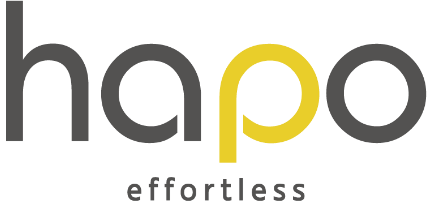
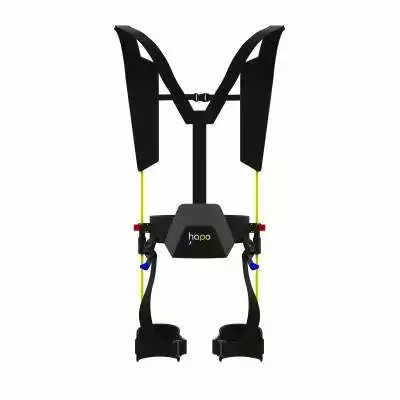
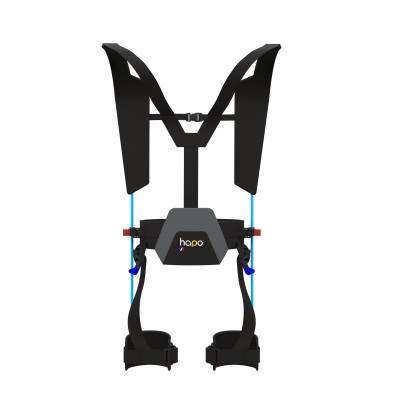
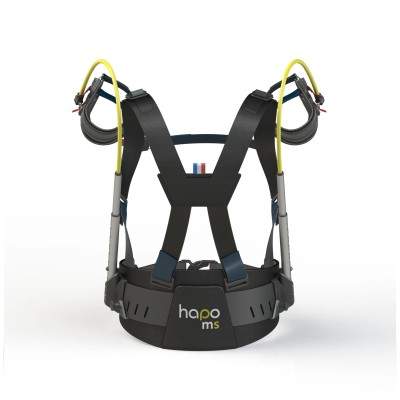
.jpg)
